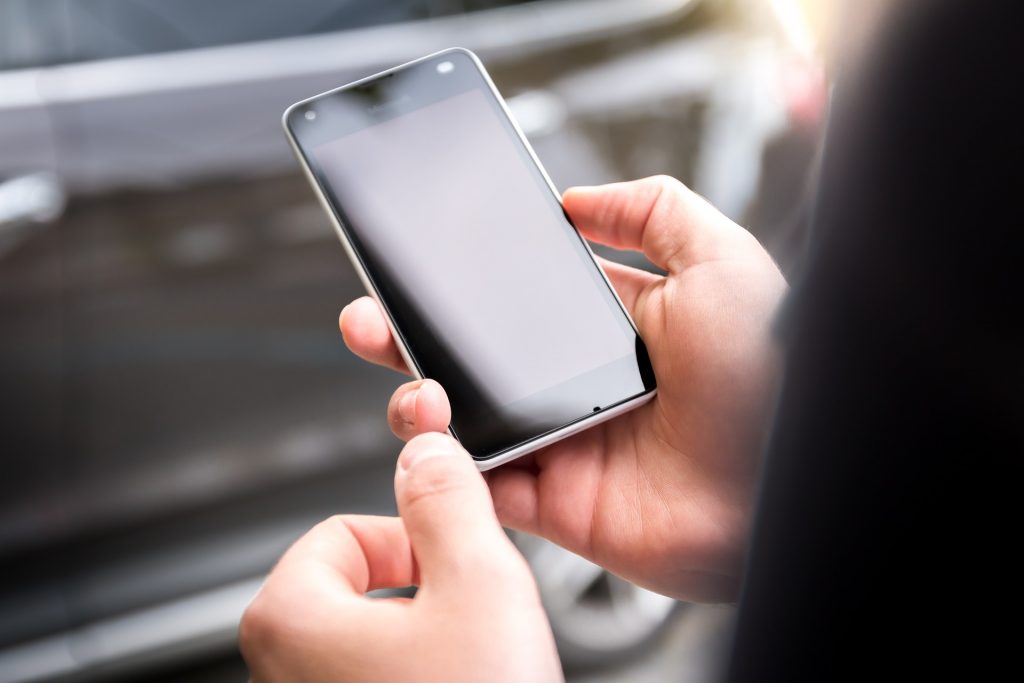Written by Haarika Gogineni and Edited by Mehr Kaur Bawa

With the induction of the new technological revolutions and the growing prevalence of smartphones, the use of mobile apps in the management of individual patient wellness has monumentally changed the interface of healthcare. Mobile health apps are applications downloadable to smartphones, tablets, and other internet-accessible devices used to aid in the monitoring or management of a particular category of health or individual wellness. They are common enough that many smartphones these days come with the pre-downloaded Health app, which is designed to improve efficiency and reduce the inequality of healthcare treatment among patients. Mobile health apps are of incredible importance in this day and age as an increasingly accessible resource. Smartphone use is very prevalent amongst first-world countries and is slowly becoming a popular commodity in second and third-world countries as well, so these apps provide a form of delivering healthcare advice through applications at peoples’ fingertips. The wave of mobile health application use has social importance because it reduces the inequality of care being delivered to patients by limiting human bias. Socially speaking, it takes away a bit of the monopolistic power from medical professionals and delivers it back to the patients, who are able to control their data and health in the palm of their hand. These apps also offer increased options at minimal to no cost to those who are financially restricted and cannot afford to see a specialized doctor.
There are many different kinds of mobile health apps that people use to target different health-related goals, including weight management, reproductive health, cardiovascular health, diabetic management, and psychiatric and physical health. Nutrition and weight management applications such as Lose It! and WeightWatchers offer management of diet and nutritional components by logging food and water intake as well as personalized fitness programs and workouts for those that need visual or aural instruction. These apps help people with busy lives, such as parents, students, and office workers, maintain a nutritional balance and a healthy lifestyle without taking much time or effort on the part of the patient. Other apps target reproductive health such as CLUE. With CLUE, patients can log premenstrual symptoms, including bleeding, pain, and mood changes with the functional benefit of predicting the next cycle, ovulation dates, and onset of symptoms. These applications use a holistic, personalized approach to deliver patient care, which has contributed to their widespread popularity [1].
A large current potential for the use of mobile apps lies in their ability to detect and manage symptoms of cardiovascular disease. Cardiovascular disease, in which the blood vessels become blocked or narrowed, can lead to serious conditions such as strokes or heart attacks; it is the leading cause of death worldwide, causing about 647,457 deaths in the US alone in 2017 [2]. Medical professionals and patients often use mobile health apps as secondary prevention to reduce risk factors at an individual level. The My Heart My Life app, which was created by the Australian Heart Foundation for patients with acute coronary syndrome, includes healthy recipes, personal health tracking, and other detailed info regarding their condition [3]. Beyond cardiovascular function, medical health apps can also be used to reduce risk factors for those with diabetic and psychiatric disadvantages. Research on mobile health apps, in particular those geared towards diabetics, found that app users had lower blood sugar levels than those who did not [4]. For those with psychiatric illnesses, apps such as WellWave emphasize physical exercise as a method of self-care while simultaneously giving information on non-physical pursuits to aid in the improvement of mental health. It also provides more texts and videos on recovering from psychiatric illnesses [5].
The increased use of technology such as medical health applications as secondary management in healthcare builds upon the possibility of handheld life-saving technology, portable or handheld X-ray or MRI machines, etc. These applications offer more than just scientific advantages; they also regulate social equality by distributing more accessible health-care over a more impersonal basis.
References:
- Lee, J., Kim, J. (2019). Can menstrual health apps selected based on users’ needs change health-related factors? A double-blind randomized controlled trial. Journal of the American Medical Informatics Association, 7:655-666.
- Nichols, Hannah. “The Top 10 Leading Causes of Death in the United States.” Medical News Today, MediLexicon International, 4 July 2019, www.medicalnewstoday.com/articles/282929.
- Neubeck, L., Lowres, N., Benjamin, E. S. , Freedman S. B., Coorey, G., Redfern, J. (2015). The mobile revolution—using smartphone apps to prevent cardiovascular disease. Natural Reviews Cardiology. 12:350–360.
- Wu, Y., Yao, X., Vespasiani, G., Nicolucci, A., Dong, Y., Kwong, J., Li, L., Sun, X., Tian, H., Li, S. (2017). Mobile App-Based Interventions to Support Diabetes Self-Management: A Systematic Review of Randomized Controlled Trials to Identify Functions Associated with Glycemic Efficacy. JMIR Mhealth Uhealth. 5(3):e35
- Macias, C., Panch, T., Hicks, Y. M., Sconlick, J. S., Weene, D. L., Öngür, D., Cohen, B. M. (2015). Using Smartphone Apps to Promote Psychiatric and Physical Well-Being. Psychiatric Quarterly. 86: 505-519
